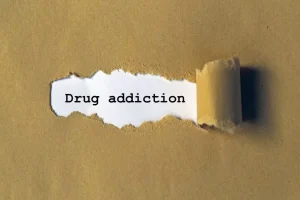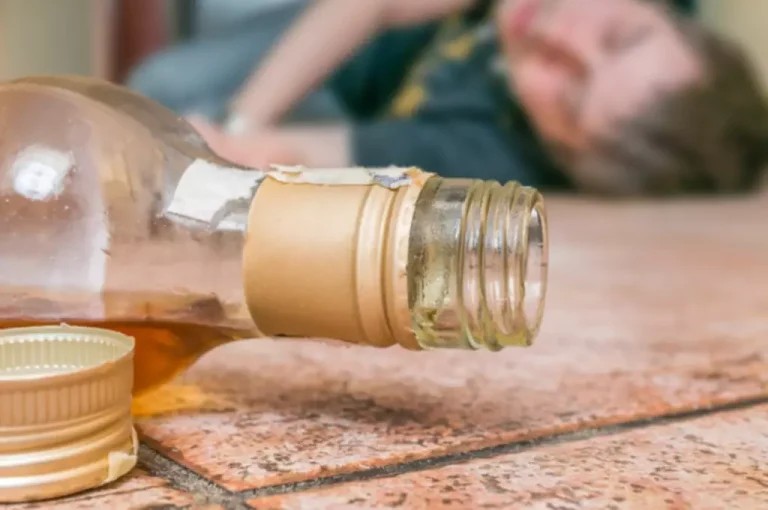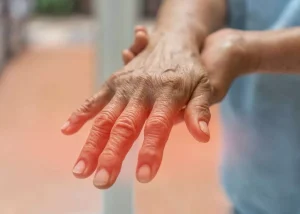
This can prolong some of the effects of naltrexone for up to 70 hours. However, it’s still recommended to take this medication daily to yield the best health outcomes. As a physician on the Monument platform, I’ve seen many of my patients benefit from medication to help stop drinking.
- Another helpful way to combat cravings is to develop a support system.
- A person’s drinking triggers may involve anything from emotions and habits to places, sounds, and smells.
Crafting a List of Healthy Diversions
They can also lead to feelings of guilt and shame, which may further contribute to the cycle of alcohol dependence. Cravings for alcohol can manifest in different ways for different individuals. Some people may experience a strong desire to drink or a preoccupation with obtaining alcohol. Others may have physical symptoms such as restlessness, sweating, or increased heart rate when faced with triggers that remind them of alcohol. The first step in managing alcohol cravings is to recognize and accept them as a normal part of the recovery process.
Support Our Mission

Calm Support contains high quality nutrients and herbs that are very effective for cravings. People who use it to stop cravings often begin with 1,000 mg and take up to 2,000 mg or more per day until the cravings stop. The addicted brain therefore prefers alcohol to other forms of calories. In the absence of it, however, the brain will settle for the temporary satisfaction of a sugar high. The problem with relying on sugar to quench cravings is that sugar prompts the release of insulin, which robs the bloodstream of sugar and leads to escalating sugar and/or cravings.

[Podcast] Episode 7: The Woman Changing How the World Sees Non-Alcoholic Drinks with Victoria Watters
- We recently launched our in-app chatbot, Melody, powered by the world’s most powerful AI technology.
- Also, the GLP-1 RAs, at least in animal models, seem to work on other addictive drugs that don’t have calories, such as nicotine, and possibly with cannabis, opioids, and stimulants.
- We all know that the best success in any medication development story is when you put academia, the government, and pharma together.
- As you change your drinking, it’s normal and common to have urges or a craving for alcohol.
- For instance, picture yourself using mindfulness when faced with a craving.
- Before we discuss how to stop cravings with L-glutamine, we will review the various functions of this amino acid and its many benefits for people in recovery.
Your body uses more resources when healing from trauma or fighting off an infection. This includes increased use of glutamine for energy production, which could result in deficiency if intake is insufficient during this period. While we’ve explored how alcohol and stress can lead to glutamine depletion, it’s crucial not to overlook other contributing factors. This relentless interruption exhausts us physically, mentally…and, yes, even chemically. Our bodies struggle to keep up with the demand for more glutamine, leading to deficiency and all its health implications. Moving onto stress – another big culprit behind depleted glutamine levels.

What is Medication-Assisted Treatment (MAT)?
You deserve to be building the life you deserve and discover how fulfilling recovery can be. In this article, we’ll explain the different types of cravings and discuss our best options to beat those cravings and refocus on the natural, long-lasting rewards of recovery. However, just because someone experiences https://ecosoberhouse.com/ cravings does not mean they have AUD. It shifts from conscious control using the prefrontal cortex, which relates to thoughts, actions, and emotions, to habit formation using the basal ganglia. The basal ganglia are the part of the brain responsible for motor control, learning, and executive functions.
Find Effective, Evidence-Based Treatment in the Relay Program for Alcohol Addiction
Some techniques include diaphragmatic breathing, distractions, and education about each person’s triggers. Take your medication regularly and follow your healthcare provider’s instructions. Disulfiram can be a powerful deterrent to help you stay abstinent, but it’s also a pretty severe way to keep yourself sober.
Avoid tempting situations.
When you’re in the midst of a strong alcohol craving, it can be difficult to get in touch with healthy coping skills, so have a list at the ready of things to do instead of drinking. It seems like a no-brainer but sometimes feels hard to execute in the moment, so put it on your list and have a way to access meeting times and locations easily. Go to an Alcoholics Anonymous meeting or one of the 12-step alternatives like SMART Recovery. Being with peers who understand what you’re going through and who provide a sense of safety and accountability is so powerful when you’re struggling.

Secondly, incorporating foods rich in essential nutrients can help address deficiencies that often accompany alcohol abuse. Many individuals struggling with alcohol addiction how to reduce alcohol cravings may have nutrient deficiencies, such as vitamin B1 (thiamine), magnesium, and zinc. These nutrients are vital for proper brain function and mood regulation.
Recognizing this trigger allows you to create a plan to avoid or cope with such situations. Most people who experience cravings find it difficult to control on their own. More important, we educate our patients when they go through the consent process. When people find themselves in these situations, they crave alcohol because there’s a mental or physical change in their surroundings. The memories and experiences from drinking and enjoying oneself create a deep desire to drink to recreate the feeling. MAT is highly effective in treating AUD, significantly improving long-term recovery rates.
Treatment Process
These activities should be enjoyable and engaging, counterbalancing the urge to consume alcohol. Ideally, these diversions also contribute to long-term or short-term goals, providing a sense of progress and accomplishment that can further diminish the power of cravings. Some treatment techniques include diaphragmatic breathing, distractions, and education about each person’s triggers.